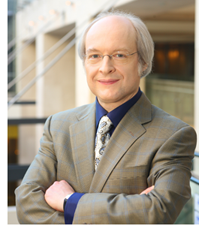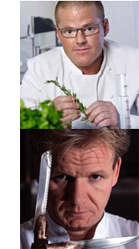
Recently, Jakob Nielsen published one of his Alertbox posts with the title Anybody Can Do Usability. In this post, he made a comparison between cooking and usability.
According to Jakob, usability is like cooking dinner:
- Everybody needs the outcome;
- Anybody can perform the most basic activities;
- Anyone can learn these basics pretty quickly;
- There’s a level of excellence beyond the basics;
- Skill levels form a continuum from beginner to expert.
The cooking analogy stretches even further:
- Although multi-star gourmet restaurants are wonderful, there’s also a place in the world for modest neighborhood restaurants.
- Even if you can afford it, you shouldn’t eat out every day.
- Variety is the spice of life.
- Sometimes it’s nice to have others do the work.
- There’s value to being an outsider who’s not restrained by corporate politics or “the way things are usually done.”
So like cooking, anybody can do usability; the basic methods are simple enough.



